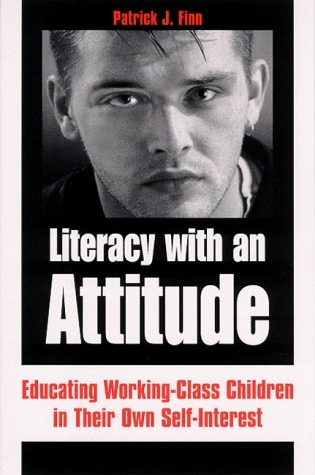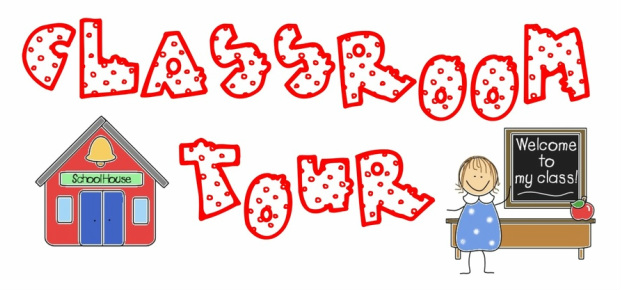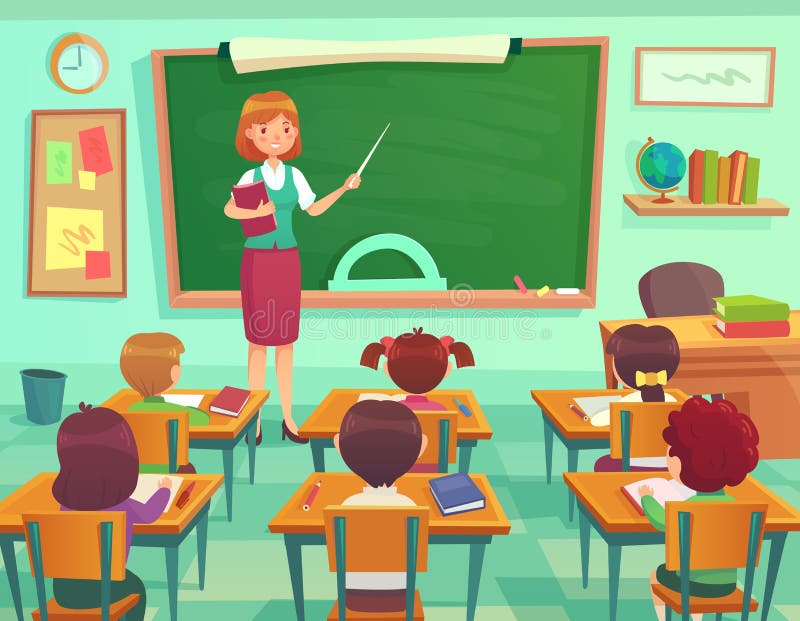Hello!
This week in my FNED class we read a story about a Spanish speaking girl named, Aria. The story begins with explaining that in school Aria, struggled. She was not improving in her academic success due to the language barrier she was facing. The nuns that were teaching her tried to push her out of her comfort zone and get her to speak, but she had no interest in it. Everything changed one day when the nuns showed up at her house to speak with her parents. From that day forward, her home life changed forever. Her English continued to improve each day, she found herself volunteering in class (raising her hand). While she found a new language, she lost her other one. Aria explains that at home it was silent. Her parents were left behind at home, they weren't understanding her English so no one would talk at home. All you would hear is silence. She became sad that this was her new normal, that she lost her favorite thing about going home.
In the end of the reading, it states, "Today I hear bilingual educators say that children lose a degree of 'individuality' by becoming assimilated into public society." This quote explains that when children of other cultures/languages go into school, they lose what makes them an individual. They become part of the melting pot of America and use English only. By doing this, students lose where they came from, and in that process they lose themselves.
In the classroom that I am currently placed in, I feel as though I can kind of see this process starting. I am in a kindergarten classroom, so it is very early into their education. All of the children that are in this class are all Spanish speaking. During circle time, you can definitely see the speech barrier between the teacher and students the most. The children in the class are always encouraged to talk, but struggle through it with broken English. It is not encouraged to speak English within this class, the children are working on speaking in English. During the period I am there, the students have a designated time to work on their speaking skills. They will do things like show and tell and have to get up in front of the class and talk in complete sentences. Through this process I am sure some students will also feel like Aria, because they are losing their own normal that they have know their whole life.
For my own future classroom, I hope that all my students don't lose themselves through education. It is important that all students are represented for who they are. Thank you for reading!
- Maci Maiello


